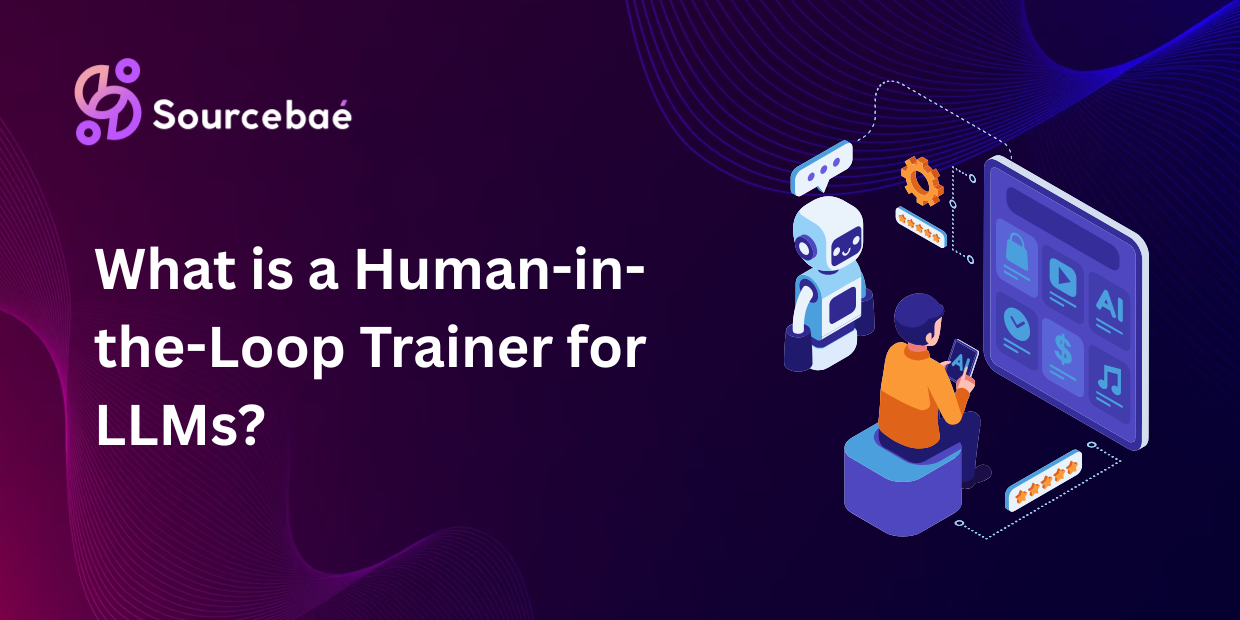Recruitment Process Outsourcing (RPO) is when a company gives some or all of its hiring process to a specialized service provider that works like an extra member of the company’s TA team. When SLAs are agreed upon, the provider usually handles sourcing, screening, coordination, offers, and sometimes employer branding with its own recruiters, tools, and processes. To choose a model that fits your budget and long-term talent strategy, it’s critical to comprehend how RPO cost structures operate before selecting a partner.
What actually drives RPO cost?
When someone inquires, “What is the RPO cost?”, the truthful response is: It varies based on these factors:
- Hiring levels and variations:
Increased, more consistent volumes typically reduce the cost per hire; irregular or minimal volumes raise per-hire expenses.
- The complexity and seniority of a role:
Tech, specialized, or leadership positions are more expensive than high-volume, low-complexity roles due to greater challenges in sourcing and evaluation.
- Geography and market:
The US, UK, and other advanced markets generally impose higher fees per hire compared to low-cost areas, influenced by recruiter salaries and market rates.
- Work scope:
Complete RPO (from requirement intake to offer) is more expensive than functional/project RPO, where the provider solely handles sourcing, screening, or interviews.
- Duration of contracts and depth of partnerships:
Extended, strategic agreements typically provide superior unit economics compared to brief, tactical initiatives.
- Technology stack and extensions:
Utilizing ATS, evaluations, branding initiatives, talent insights, and analytics incurs expenses but may reduce the overall cost per hire in the long run.
Common RPO Pricing Models
Management Fee Model:
With this model, you pay a set monthly fee that covers every part of recruitment, no matter how many people you hire. The price depends on how much work and hiring you expect, and it covers everything, sourcing, interviews, onboarding, and the whole process. It works best for companies that are always hiring, whether that’s in one department or across the entire organization. (RPO)
The real upside? You always know what you’ll spend, and you get a team that actually understands your company, your culture, your values, and what kind of people you want. Over time, the RPO team feels like they’re part of your business. They handle the busy times and help you plan for the future, not just fill seats.
Hybrid Model:
There is a smaller base management fee, and the cost-per-hire goes down for each successful placement. A base fee every month covers a core team and tech. On top of that, you pay a set fee for each hire, which is usually less than a pure cost-per-hire model. Businesses that need to grow and are flexible at the same time, businesses whose demand changes often but don’t want to go fully transactional.
Cost-per-hire Model:
In this model, the cost of each hiring task is broken down into its own unit, such as screening resumes, setting up interviews, checking references, and so on. It’s perfect for companies that want to outsource specific steps in the hiring funnel while keeping control over others.
For example, you could do the final interviews yourself, but hire someone else to do the sourcing and screening. It gives you options, but if you don’t keep an eye on it, managing and coordinating many tasks and providers can become disorganized. (cost comparison)
Cost-per-transaction Model:
You don’t pay for full lifecycle hiring; instead, you pay for specific recruitment tasks. Such as a set fee for each candidate found, screened, scheduled interview, or assessment completed, project-based or functional RPO, like outsourcing only interview scheduling or sourcing at the top of the funnel.
Flat industry-based Model:
You pay a fixed fee associated with the role type or salary band instead of a custom quote every time. Fixed cost per role category based on industry standards and salary ranges (for instance, one rate for entry-level engineers, another for upper management)
Performance-based pricing:
Part of the RPO provider’s pay is based on things like retention, time-to-fill, or quality of hire. A base fee (management or per-hire) plus bonuses or fines based on KPIs like quick hires, happy hiring managers, or staying with the company for 90 days. Mature TA functions that want to connect provider pay to business results closely.
Typical RPO delivery models
When you’re figuring out costs, you have to know which RPO model you’re working with pricing changes depending on what you need. (hire)
- End-to-end RPO:
Provider handles the whole recruiting process for some or all roles. This one covers the most ground and usually comes with a fixed fee or a mix of payment types.
- Project RPO:
It is more temporary. You may need extra help for a hiring surge, a product launch, or opening a new office. Here, you often pay per hire or per transaction.
- Functional RPO:
With Functional RPO, you only outsource certain parts like sourcing, screening, or employer branding. You typically get billed per transaction or per hire just for that piece.
- On-Demand RPO:
It gives you a team you can turn on or off as needed to tackle busy seasons. Pricing usually mixes a management fee with extra charges for each hire.
- Hybrid/in-country plus offshore:
This model combines local recruiters with offshore teams. That way, you keep quality for client-facing steps but control costs.
RPO cost vs traditional recruitment
Global benchmarks show that RPO often lowers the cost per hire compared to contingent agencies, especially when the number of hires is high.
- Contingent agencies can charge 15–25% of the first year’s salary per hire, but they don’t do any process or branding work.
- RPO models, especially management fee or hybrid, tend to lower effective per-hire costs when the number of hires is high and add value through analytics, process design, and tech optimization.
How to run an RPO cost-benefit analysis
To judge if RPO pricing is “worth it,” compare total talent acquisition cost and performance before and after RPO, not just recruiter fees.
Key steps:
- Make a map of your present cost baseline:
Consider the compensation for agencies’ job boards, internal recruiters’ tools, interview time and the work that can’t be completed due to slow hiring.
- Estimate RPO spend under a chosen model:
Add the cost of technology, any success bonuses or implementation fees, the management fee and the fee for each hire or transaction.
- Quantify benefits:
It reduced reliance on agencies, improved quality and retention, satisfied hiring managers, with a more robust company brand and access to cutting-edge technology.
- Compare cost per hire and time-to-fill:
Create basic before and after measurements and project them over a period of 12 to 24 months to see the true ROI.
RPO is usually a good choice if you have a lot of work to do, roles that come up often, and your current TA setup is broken up or highly dependent on outside agencies.
Conclusion
Picking an RPO partner matters, but nailing down the right pricing model? That’s what really keeps your budget safe, lines up with how you hire, and decides if this partnership actually works.
Different models fit different situations. Got a big, steady hiring push? Go with a management fee. If things are changing fast and you don’t know what’s coming, cost-per-hire or a hybrid setup usually makes more sense.
Don’t just look at the list of services. Dig into how they bill, what’s actually included, and how willing they are to adjust when your hiring needs shift. Sometimes, a model that looks cheap at first ends up costing more when it just doesn’t match how your team operates.
The right pricing model keeps you nimble, makes it easier to plan, and means you only pay for the value you get, nothing more.
FAQs
- How much does an RPO cost?
Your hiring volume, role complexity, location and pricing model all affect how much RPO will cost. RPO pricing typically ranges from a fixed monthly management fee to ₹30000-₹150000 per hire in cost-per-hire models. Large hiring volumes typically lower the cost-per-hire.
- Is RPO cheaper than traditional recruitment agencies?
Indeed, RPO is typically more economical. RPO distributes costs over the course of the hiring cycle, whereas contingency agencies charge 10–25% of the yearly salary per hire. This greatly lowers the cost per hire, particularly if you make frequent or large hiring decisions.
- What is included in an RPO cost?
RPO fees usually include sourcing, screening, interview coordination, assessments, reporting, candidate experience, recruiter support, and technology. Some providers also include employer branding, talent intelligence, and analytics.
- Which RPO pricing model is the most affordable?
For high-volume hiring, the management fee model is the most affordable. For low hiring volume, companies mostly prefer a cost-per-hire or hybrid model.
- Does RPO reduce time-to-hire?
Yes. Most businesses experience a 30–50% decrease in time-to-fill, particularly for high-volume roles, because RPO providers handle sourcing, screening, coordination, and follow-ups at scale.





